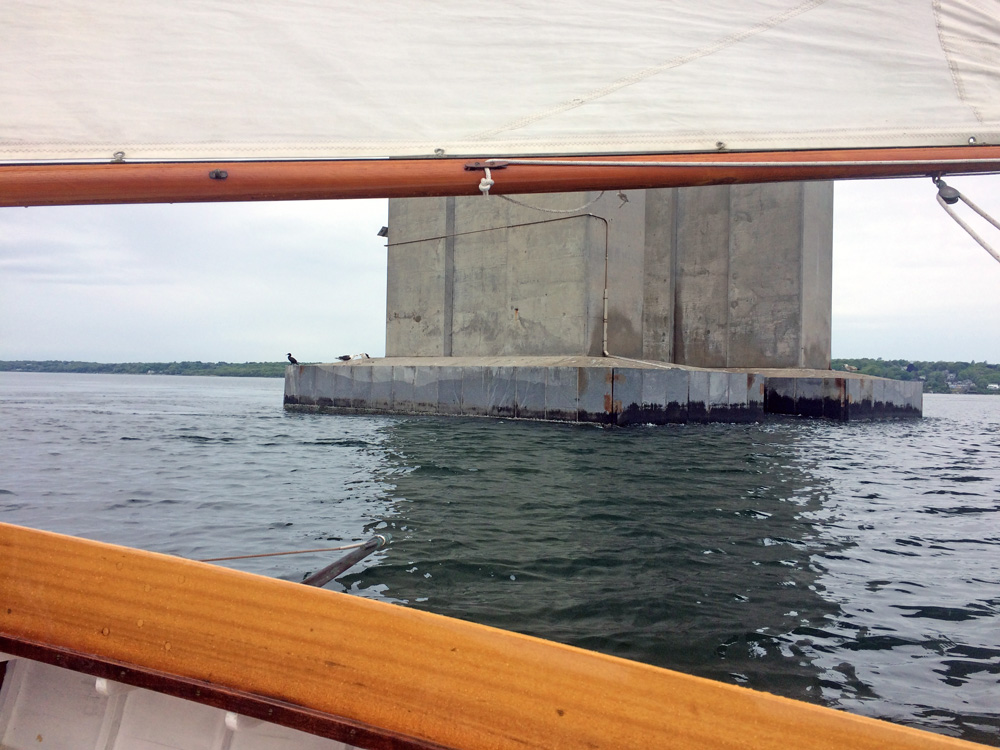Imagine how loudly a baseball manager would complain if the bases were brought in closer whenever the wind died. Or if the outfield grass grew hummocks whenever the sea breeze piped up? Other sports don’t tolerate field of play variations, so other athletes don’t have quite so many transitions to make.

The number of adjustments in even the shortest sailboat race is colossal—even for the last place team. In any sensitive race boat, a puff two knots stronger than the regular breeze will require a change to crew location and sail shape; it may also demand a change in tactics or strategy. That’s why one of the commonalities I found while interviewing 18 Olympic sailing medalists was the ability to make such transitions without thought. Thanks to all those hours of training, bodies are moved and lines adjusted without the athlete even being aware of the change.
These transitions are part of what makes the sport of sailing so much more fun to do than to watch. Brains constantly calculating the risk and reward of each possible maneuver and decision just don’t make good TV; there’s no way to communicate all that mental activity to a viewer.
Off the race course, we use these skills to adjust to life changes. Career moves; the different roles we play; tweaking habits as our bodies age… all require that same ability to adjust to whatever is thrown at us. And just like many of those race course decisions, it’s usually only in hindsight that we realize how well (or how badly) we dealt with it all. The key is to make transitions instinctively, just as we learned from all that sailing practice.
Change is the only constant, in life as well as in sailboat racing. All we can do is adjust our sails and try not to think about it too much, just like all those medal-winning sailors.
Love this piece…I was at a planning meeting/team building exercise recently and we were all asked how do you approach change. This piece pretty much sums up my answer.